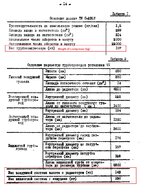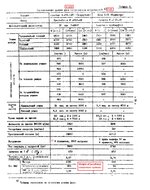Shortround6
Lieutenant General
Unless you can get original documents or get the museum that has it on display to weigh their display I doubt you will find the weight for the "system".
Weight for component parts may be available but the weight of the exhaust pipes and air ducts may be much harder to come by. Ducting that will withstand air pressure with a difference between inside and outside pressures of over double is going to be heavier than the air ducts in a building
Weight for component parts may be available but the weight of the exhaust pipes and air ducts may be much harder to come by. Ducting that will withstand air pressure with a difference between inside and outside pressures of over double is going to be heavier than the air ducts in a building


